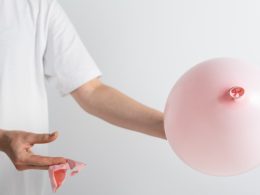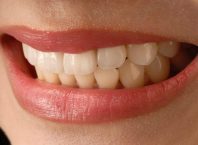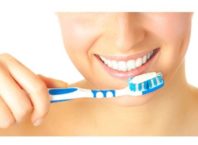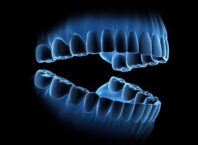Table of Contents
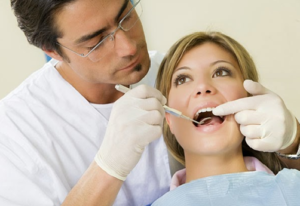 Orthodontics is a branch of dentistry that works on correcting the jaws and teeth to position them properly. Crooked teeth that do not fit well together become harder to keep clean and they are at a bigger risk of being lost at an early age due to periodontal disease and tooth decay, causing extra on the chewing muscles that could lead to frequent headaches, back and shoulder pain, neck pain, and TMJ syndrome. Crooked teeth could also detract from the appearance of a person.
Orthodontics is a branch of dentistry that works on correcting the jaws and teeth to position them properly. Crooked teeth that do not fit well together become harder to keep clean and they are at a bigger risk of being lost at an early age due to periodontal disease and tooth decay, causing extra on the chewing muscles that could lead to frequent headaches, back and shoulder pain, neck pain, and TMJ syndrome. Crooked teeth could also detract from the appearance of a person.
Usually, the benefits of this treatment include a having a healthier mouth with a further pleasing appearance that will last a lifetime. A specialist who goes through a series of orthodontic continuing courses for general dentists is an “orthodontist.” Usually, orthodontists receive over two years of education beyond their four years in their dental school in ADA approved orthodontic programs.
How to Know If You Need Orthodontic Treatment
Note that only your orthodontist or dentist could determine whether you will benefit from orthodontics or not. Based on a series of diagnostic tools, including a complete dental history and full medical examination, plaster models of your teeth and special photographs or X-rays, an orthodontist specialized in Gerety Orthodontic Seminars could decide on whether orthodontics is recommendable or not and develop a better treatment plan that is suitable for you.
At times when you experience such problems, you may qualify as a candidate:
- Underbite: Usually, this is a “bulldog” type of appearance where the upper and lower teeth go far back.
- Crossbite: When the upper and the lower teeth come down slightly or come in front of the lower teeth when biting
- Overbite: Sometimes, also going by the name “buck teeth” this occurs where the upper front teeth lie forward or over the lower teeth
- Open Bite: The space between the front and biting surfaces or the side teeth when the back teeth bite together
- Crowding: this occurs when there are more teeth for the dental ridge to accommodate easily
- Spacing: Spaces or gaps between the teeth are as a result of the teeth missing and do not fill up in the mouth
- Misplaced Midline: When the center of the upper teeth in the front do not line up with the center of your lower teeth
How Orthodontic Treatment Works
Most of the different types of appliances, removable and fixed are useful to help remove the teeth, affect the growth of the jaws and retrain muscles. These appliances also work by gentle pressure on the jaws and teeth. The severity of the problem would also determine which of the orthodontic approach the most effective one is.
The fixed options in appliances include:
Braces: one of the most common types of fixed appliances is braces, which consists of bands, brackets and/or wires. The bands fit around the tooth or teeth and they come in use as anchors for the appliance, while the brackets often bond to the front set teeth. The archwires then pass through the brackets and attach to the bands. At such times, tightening the archwires will put some tension on the teeth and gradually move them to their right position. Braces usually adjust every month and help to bring the desired results, which is something achievable within just a few years. However, today, braces are much lighter, smaller and they show less metal compared to the past. These come in various colors for teenagers as well as some clear styles for adults.
Fixed Space Maintainers: If the tooth of a baby is prematurely lost, a space maintainer can help to keep the space open until the tooth erupts permanently. Experts then attach a band to the tooth, right next to the empty space and the wire extends to the other side of the space.
Special Fixed Appliances: Such help in order to control tongue thrusting as well as thumb sucking. Bands attach these appliances to the teeth since they are quite uncomfortable during meals and they should be of use only as a last resort.
The removable appliances include:
Aligners: a good number of orthodontists use Alternative to traditional braces for teenagers and adults, serial aligners in order to move the set of teeth in the same way fixed appliances work, only without brackets and metal wires. Virtually, aligners remain invisible and it is possible to remove them when flossing, eating and brushing.
Jaw Repositioning Appliances: These appliances also go by the name of splints and it is possible to wear them on the top of the lower jaw as well as help to train the jaw to close in a better position. They are also good to use for disorders such as temporomandibular joint disorders (TMJ).
There are so many benefits of orthodontic treatment, including a more pleasing appearance, healthier mouth and more. If you are planning to seek the help of an experienced orthodontist, it is advisable that you choose one who goes through extensive training programs.




